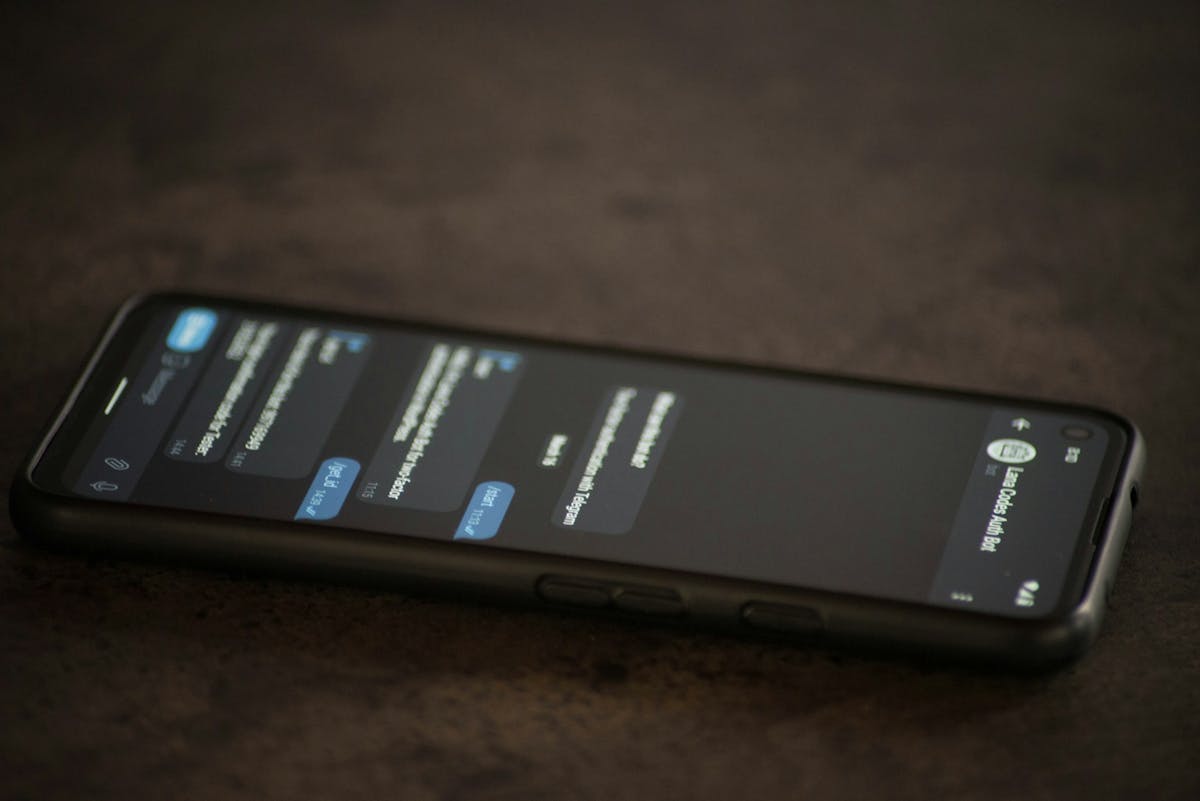Effective Bonus Structures: Examples for Deskless Workers


Navigating the complexities of designing effective bonus structures for deskless workers can be daunting, especially when traditional communication methods fall short. As an HR manager or operations leader in industries like manufacturing, construction, or logistics, you're likely searching for bonus structures examples to boost motivation and retain your valuable non-desk workforce. The daily challenges faced by your deskless employees require unique solutions that resonate with their roles. In this article, we'll delve into practical examples and strategies to ensure your bonus programs are fair, transparent, and make a real impact.
Understanding Deskless Workers and Their Unique Challenges
Deskless workers, who make up 80% of the global workforce (approximately 2.7 billion people), are employees who don't work at a traditional desk or office setting. These hardworking individuals are the backbone of industries like healthcare, manufacturing, retail, construction, and transportation, yet they often face unique challenges in staying connected with their organizations.
The most significant hurdle for deskless workers is communication—84% report they don't receive enough direct communication from their employers, and many lack access to traditional corporate communication tools like email. Implementing effective communication strategies for non-desk employees is crucial to address these challenges.
This disconnect is especially troublesome when it comes to understanding compensation structures and benefits, as only 56% feel connected and engaged with their employers.
With communication hurdles and sky-high turnover rates (reaching up to 100% annually in some industries), it's more important than ever for organizations to create clear, accessible bonus structures that truly resonate with and motivate their deskless workforce.
Importance of Tailored Bonus Structures for Deskless Employees
Generic bonus structures designed for office environments often miss the mark when applied to deskless workers. While desk-based employees might be motivated by quarterly performance reviews or complex KPI metrics, your non-desk workforce faces different daily challenges and achievements that deserve recognition through more relevant incentives.
The nature of deskless work demands bonus structures that align with tangible outcomes and immediate feedback. For instance, a manufacturing plant that implemented a tiered bonus system directly tied to daily production targets saw a 15% increase in productivity. Similarly, when a construction firm introduced safety-focused bonuses, they experienced a 30% decrease in workplace accidents.
Your deskless employees are often engaged in physical, skill-based work where success is measured in concrete achievements. The reality of their work requires bonus structures that recognize immediate performance, safety compliance, and skill development. A logistics company that understood this principle and implemented skill development bonuses saw a 20% increase in employee retention, demonstrating how tailored incentives can significantly impact workforce stability.
By customizing bonus structures and implementing effective engagement strategies for non-desk employees, you create a more engaging and motivating environment that recognizes the specific value your non-desk employees bring to your organization.
Types of Bonus Structures Suitable for Deskless Workers
For deskless workers in manufacturing, construction, and warehousing environments, effective bonus structures need to be straightforward, measurable, and directly tied to daily work. Here are five proven bonus structures that drive results while maintaining clarity and fairness:
Performance-Based Bonuses
You can implement production target bonuses where teams receive rewards for exceeding output goals. For example, if your manufacturing team surpasses their daily production quota by 10%, each member receives a predetermined bonus. Implementing production target bonuses can increase productivity by up to 15% in manufacturing environments.
Safety-First Incentives
In high-risk environments like construction, safety bonuses are crucial. Award monthly or quarterly bonuses for maintaining accident-free periods. One construction company reported a 30% decrease in accidents after implementing safety bonuses, while simultaneously improving worker morale.
Skill Development Rewards
Encourage continuous improvement by offering bonuses for completing training programs or earning certifications. For instance, warehouse workers can earn rewards for obtaining forklift certifications or completing inventory management training. Offering bonuses for skill development has led to a 20% increase in employee retention as workers feel more invested in their career growth.
Team Achievement Bonuses
Implement collective performance bonuses based on team achievements. For example, when warehouse teams meet efficiency targets together, everyone shares the reward. A collaborative approach has demonstrated a 25% boost in overall efficiency while improving team communication.
Attendance Recognition
For industries where consistent staffing is crucial, attendance bonuses can be highly effective. Offer monthly bonuses for perfect attendance or annual rewards for minimal unplanned absences. Implementing attendance bonuses works particularly well in manufacturing and customer service roles where regular attendance directly impacts operations.
Remember to keep bonus calculations transparent and communicate targets clearly through accessible channels. Each bonus type should have specific, measurable criteria that workers can track throughout their performance period.
Implementing Effective Bonus Programs for Deskless Staff

Start by understanding what motivates your deskless workforce through surveys or focus groups. A manufacturing plant that took this approach saw a 15% increase in productivity after implementing a bonus structure aligned with employee motivations.
Setting Clear Goals and Metrics
Your bonus program needs concrete, measurable objectives that align with both company goals and employee capabilities. Define specific metrics like:
- Production targets or efficiency rates
- Safety compliance scores
- Quality control measurements
- Team collaboration metrics
Ensure these metrics are achievable but challenging enough to motivate improvement. A construction company using this approach reported a 30% decrease in workplace accidents after implementing safety-based bonuses.
Creating Transparency
Develop clear communication channels to explain how bonuses are calculated and earned. Use multiple formats to reach your deskless workforce:
- Physical bulletin boards in break rooms
- SMS updates through communication platforms
- Regular team communications
- Visual progress trackers
Developing clear communication channels is essential; consider these effective communication examples to enhance your approach. Transparency matters—52% of workers report feeling more appreciated when receiving bonuses they understand.
Implementation Steps
- Document the complete bonus structure, including calculation methods and payout schedules
- Train supervisors on explaining and tracking bonus metrics
- Set up regular progress updates and feedback mechanisms
- Create a system for tracking and validating performance data
- Schedule periodic reviews to assess and adjust the program
By integrating bonus information into the onboarding process, you ensure that new hires are aware of incentive programs from the beginning. Effective onboarding of non-desk employees helps establish clear expectations and motivates performance from day one.
Avoid common pitfalls like pitting employees against each other or making goals too complex. Focus on team-based incentives where appropriate, as these often work better in deskless environments where collaboration is crucial.
Case Studies: Successful Bonus Structures in Action
In manufacturing, a production facility implemented a tiered bonus system that rewarded workers for meeting and exceeding daily targets. The structure was simple: workers received a base bonus for hitting production goals, with additional rewards for surpassing them. By clearly setting expectations, the facility experienced a 15% increase in productivity as workers could directly connect their efforts to rewards.
A construction company prioritized safety through their bonus program, offering financial incentives for maintaining accident-free periods. The program included monthly safety audits and rewards for teams that consistently followed safety protocols. Within a year, the company reported a 30% reduction in workplace accidents and noted significantly improved morale among workers who felt their commitment to safety was valued.
A warehousing operation transformed their efficiency by implementing team-based performance bonuses. Rather than focusing on individual metrics, they rewarded entire teams for meeting collective efficiency targets. Implementing team-based performance bonuses fostered stronger collaboration and mutual support among workers. The results were impressive: 25% improved operational efficiency and enhanced communication between team members.
In the logistics sector, a company developed a bonus structure centered on skill development and certification completion. They offered financial rewards for workers who obtained additional qualifications relevant to their roles, such as forklift operation or inventory management certifications. Investing in employee growth yielded a 20% increase in retention rates, as workers felt more invested in their long-term career development with the company.
Unlock the Potential of Your Deskless Workforce
Implementing effective bonus structures for your deskless employees can boost productivity, safety, and employee satisfaction. But to make these programs truly successful, effective employee communication is key. That's where Yourco comes in. As the #1 SMS-based employee app built for the non-desk workforce, Yourco provides a seamless platform to connect with your team instantly. Whether you're sharing bonus program details, offering training opportunities, or celebrating achievements, Yourco ensures your messages reach every employee right where they are—no email or complicated apps required. By leveraging Yourco's intuitive SMS communication tools, you can bridge the gap with your deskless workers, making your bonus structures more transparent, engaging, and impactful. Let's unlock the full potential of your workforce together!
Try Yourco for free today or schedule a demo and see the difference the right workplace communication solution can make in your company.


